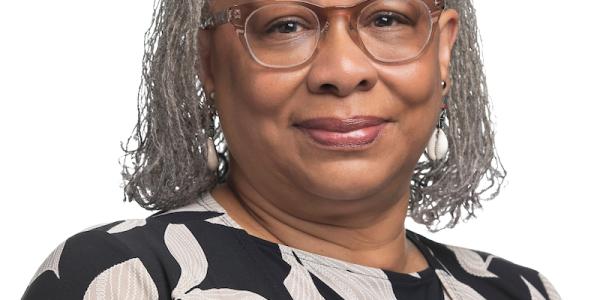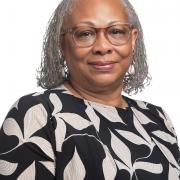From Our President. Helping Children Hear Their Song

You are here
When a woman in a certain African community knows that she is pregnant, she goes out into the wilderness with a few friends and together they pray and meditate until they hear the song of the child. They recognize that every soul has its own vibration that expresses its unique flavor and purpose. When the women attune to the song, they sing it out loud. Then they return to the village and teach it to everyone else. When the child is born, the community gathers and sings the child’s song to him or her.
How do we help children hear their song? How should teachers of infants and toddlers listen, observe, and be responsive to the “songs” of infants and toddlers?
Nationally, across many early childhood settings, teachers and administrators are working to support the social and emotional development of our youngest learners. How can we better implement practices that build relationships and create environments that support positive social and emotional growth?
Last year, a video of a Black father and son engaged in a “serve and return” conversation went viral. I, for one, thoroughly enjoyed seeing that father and son interaction. However, this type of interaction wasn’t new to me. I have seen it repeated in African American households for as long as I can remember. I like to use the terminology of call and response to describe it. Call and response can be defined as a form of interaction between a speaker and one or more listeners, in which every utterance of the speaker elicits a verbal or nonverbal response from the listener or listeners. I distinctly remember my elders, especially my paternal grandmother, talking to young children and responding to their chatter as if they understood the meaning of the babble. The inflection of the voice was present as was the facial expression and gestures in these conversations.
Later, when the child enters education, the village gathers and chants the child’s song.
In the recent NAEYC publication Day to Day the Relationship Way, authors Wittmer and Honig write that: “Infants and toddlers exist within a network of relationships with families, teachers, peers, and communities. . . . Children benefit when you respect the power of a child’s network of relationships and recognize the importance of working with these layers of relationships.” My daughter, Jenise, returned to work when my granddaughter, Journee, was 3 months old. She enrolled Journee in Malaika Early Learning Center, where she was in the infant and toddler room. When reflecting on that experience, Jenise said, she realized that she was confronted with the same fear that most parents face when enrolling their infant into child care—leaving their child in the care of strangers. This was an important part of Jenise’s experience because when she returned to work when her older son was the same age, she enrolled him in the center where I was the director. Her reflection that her experience was now that of most parents was because “my mother was not the center director.”
One of Journee’s Malaika caregivers was a wonderful woman the children called Miss Minnie. Miss Minnie talked, sang, played with, and rocked Journee and created a relationship with my granddaughter. When asked to describe this relationship, Jenise, through tears, shared that she didn’t think that anyone outside of our family could “love” Journee like Miss Minnie loved Journee; she said that Journee wasn’t just cared for, she was nurtured.
Our children may not grow up in an African village that sings their song to them at crucial life transitions. But in the end, what we hope is that children have the opportunity to be nurtured in an early childhood environment where their song is recognized and sung to them, and they, in turn, recognize their song and sing it well.
Best, Ann
NOTE: The prose excerpt is adapted from They’re Singing Your Song, by Alan Cohen. It appeared in The Universe Talks, August 15, 2018.
Current president of NAEYC (National Association for the Education of Young Children)
